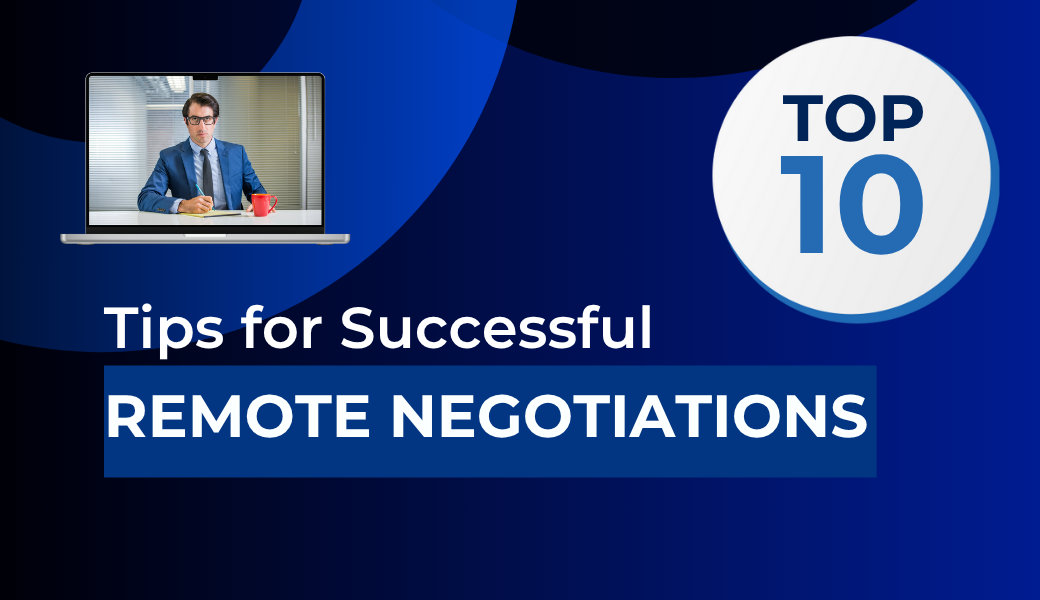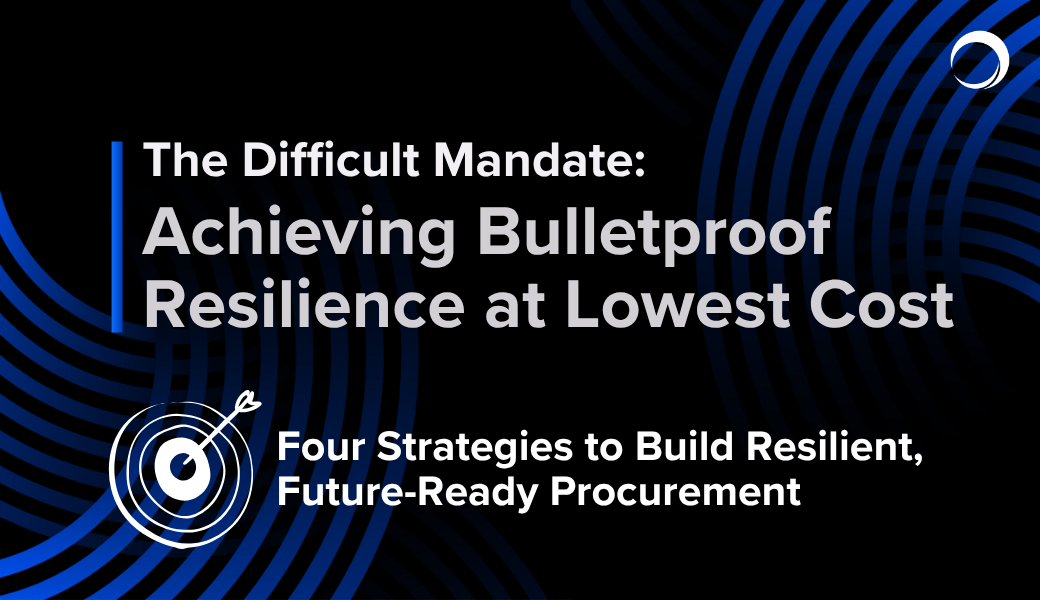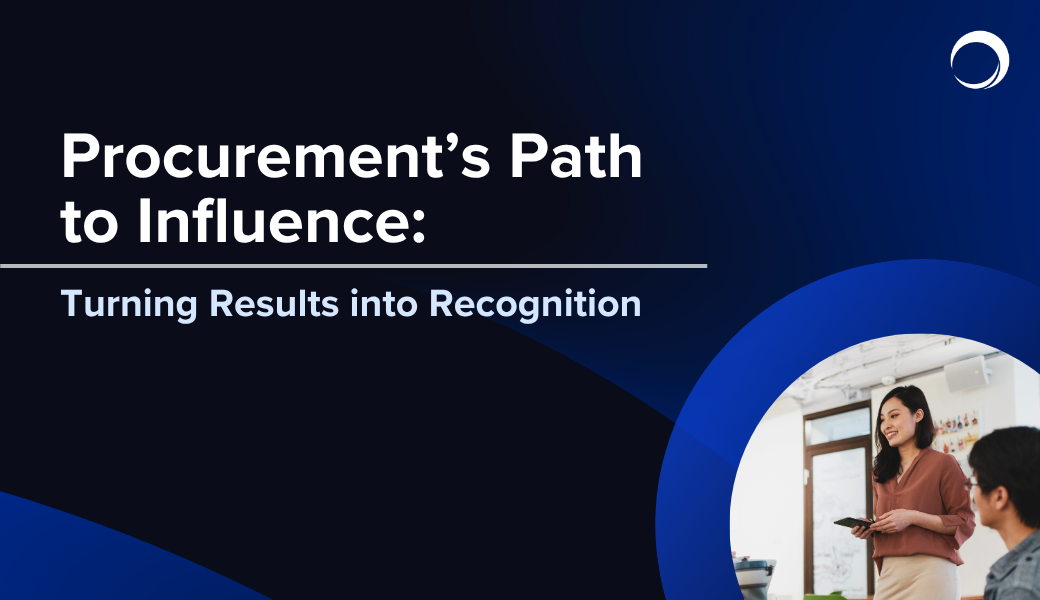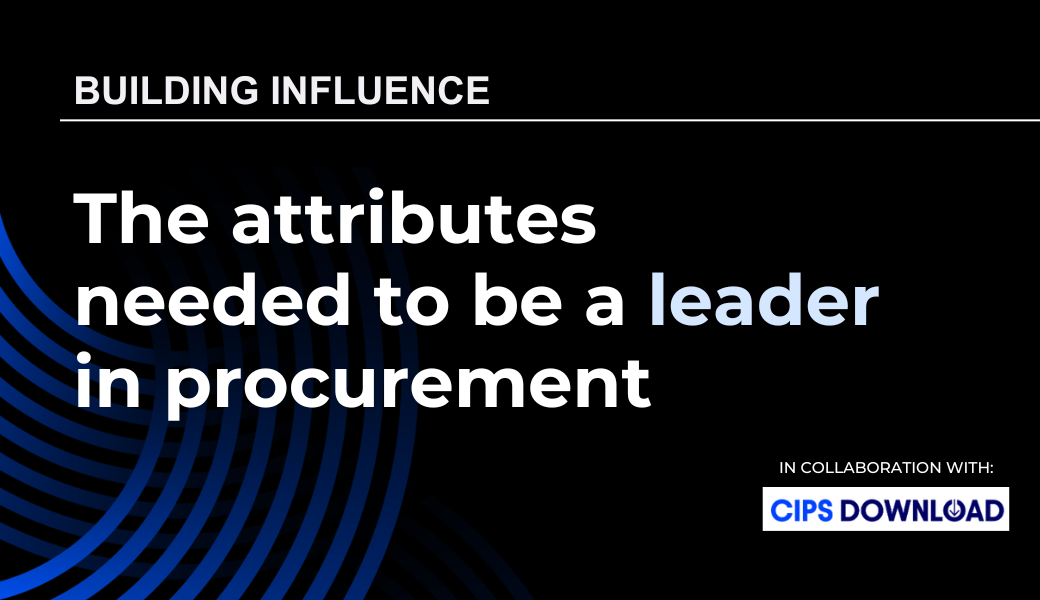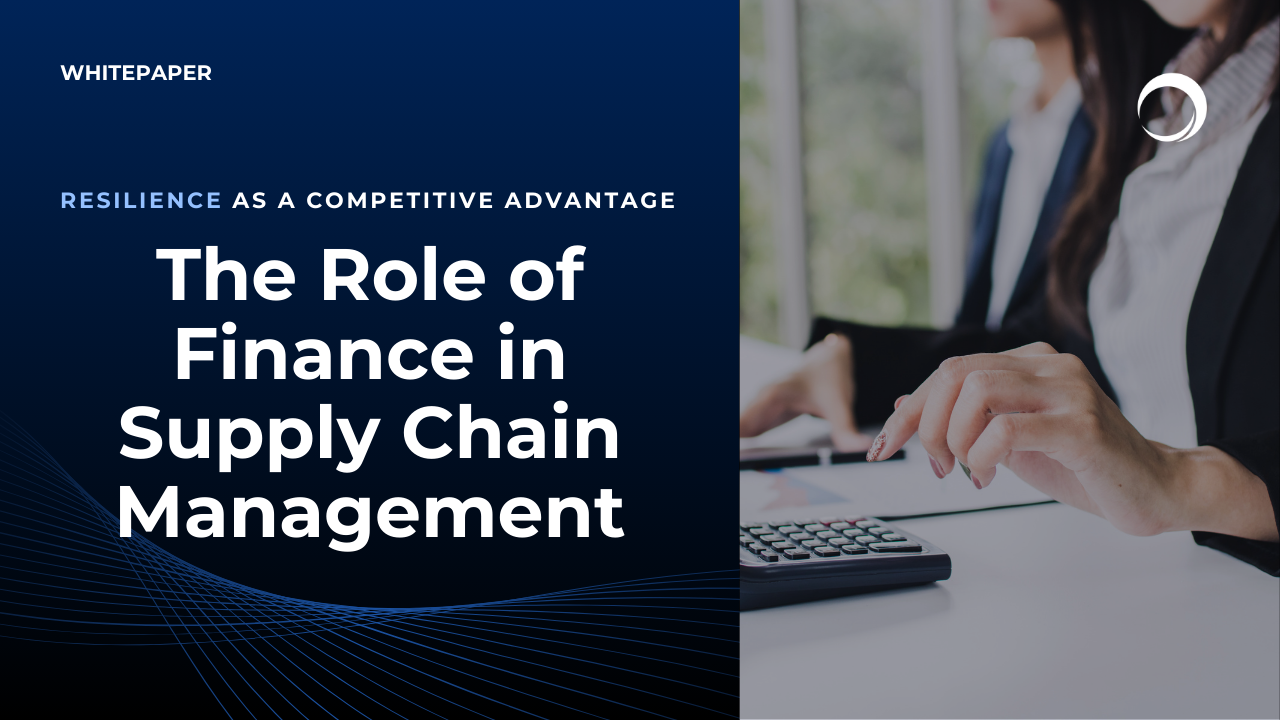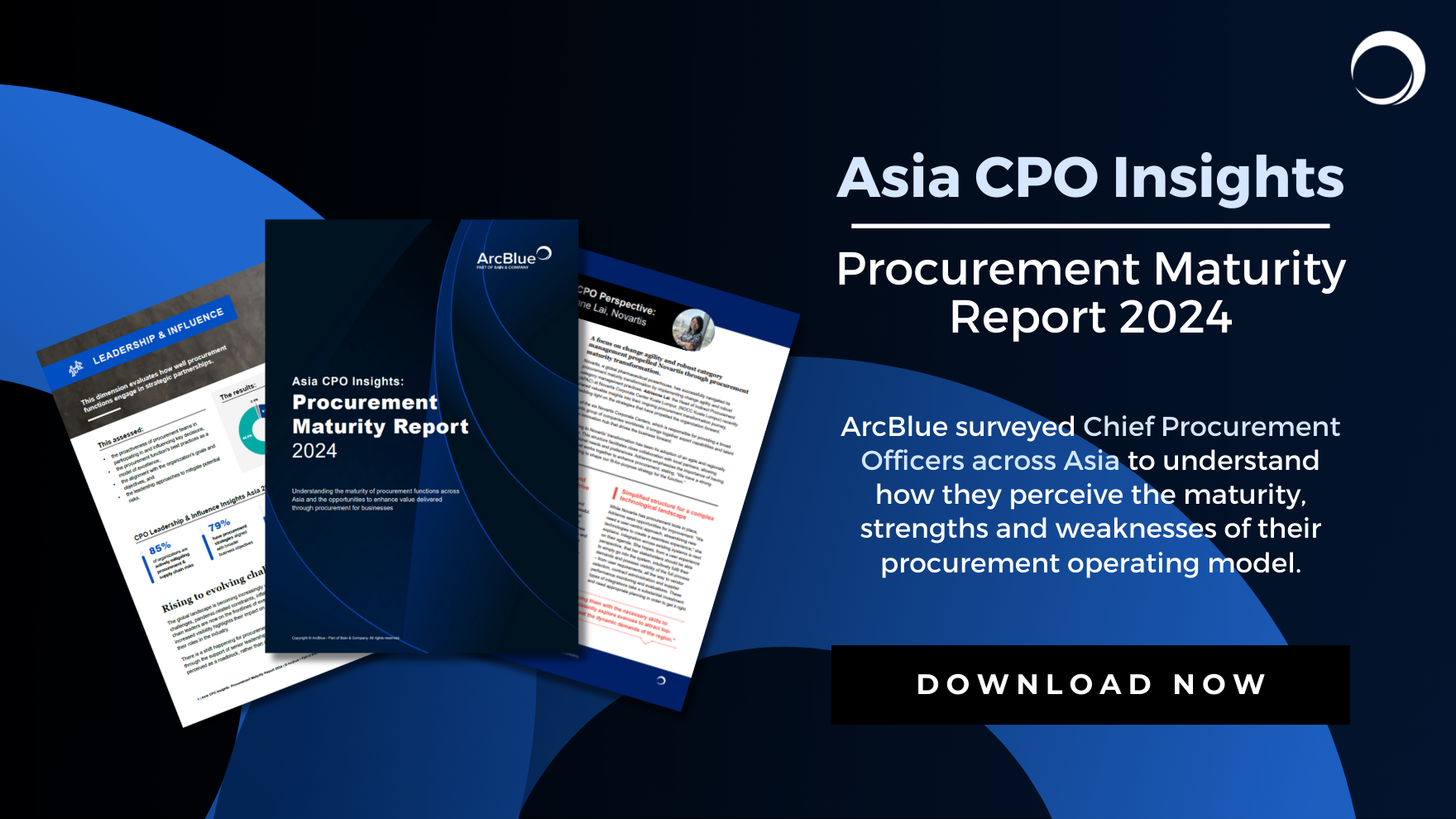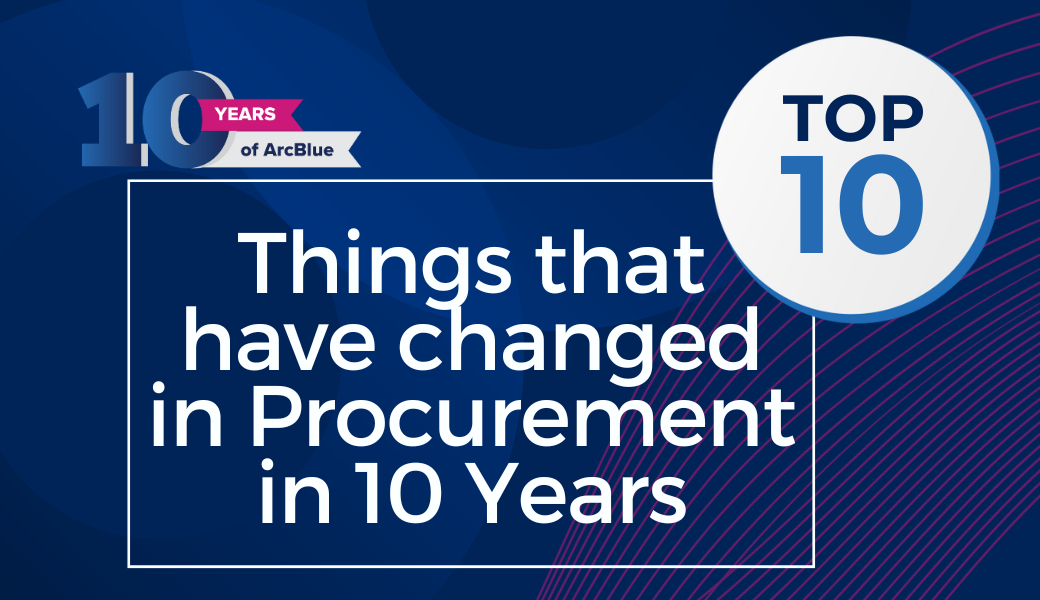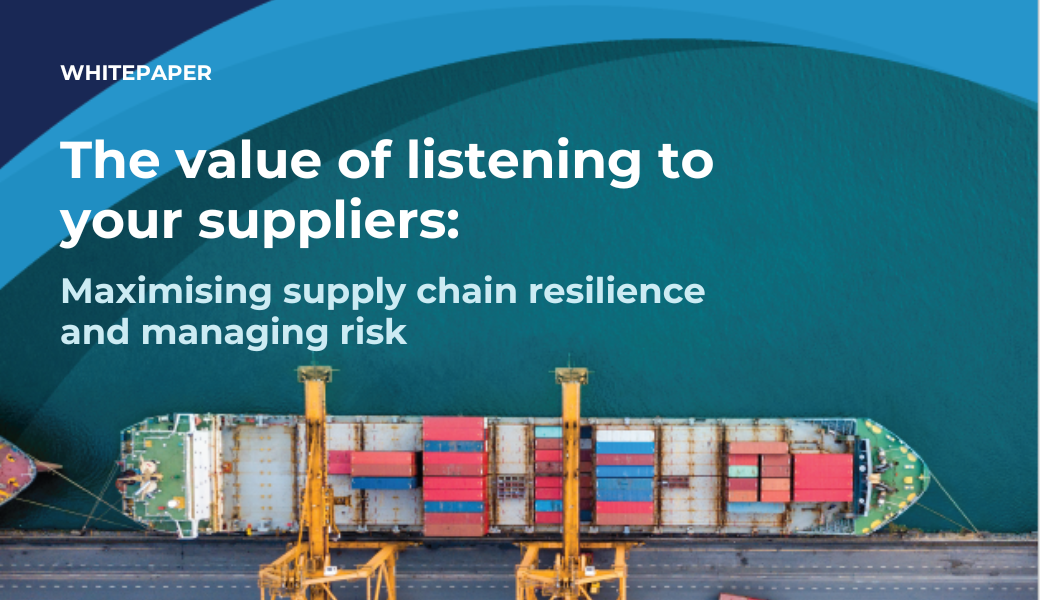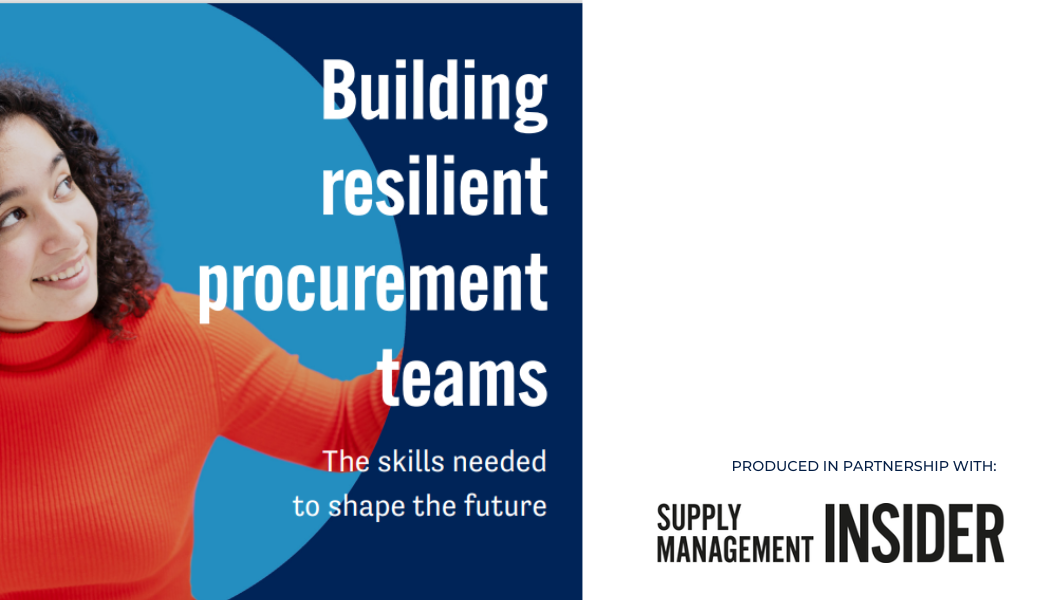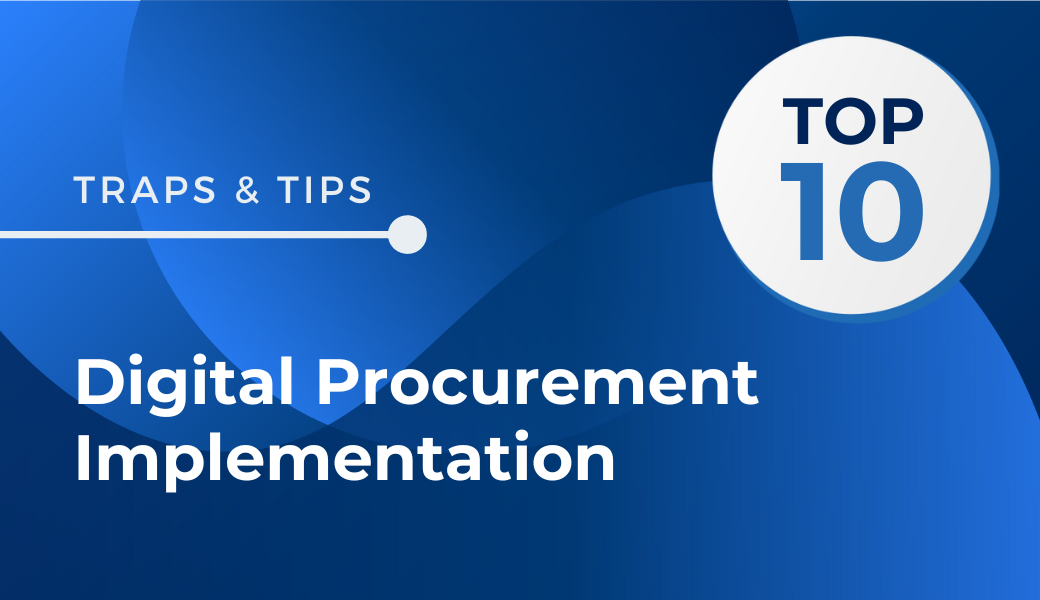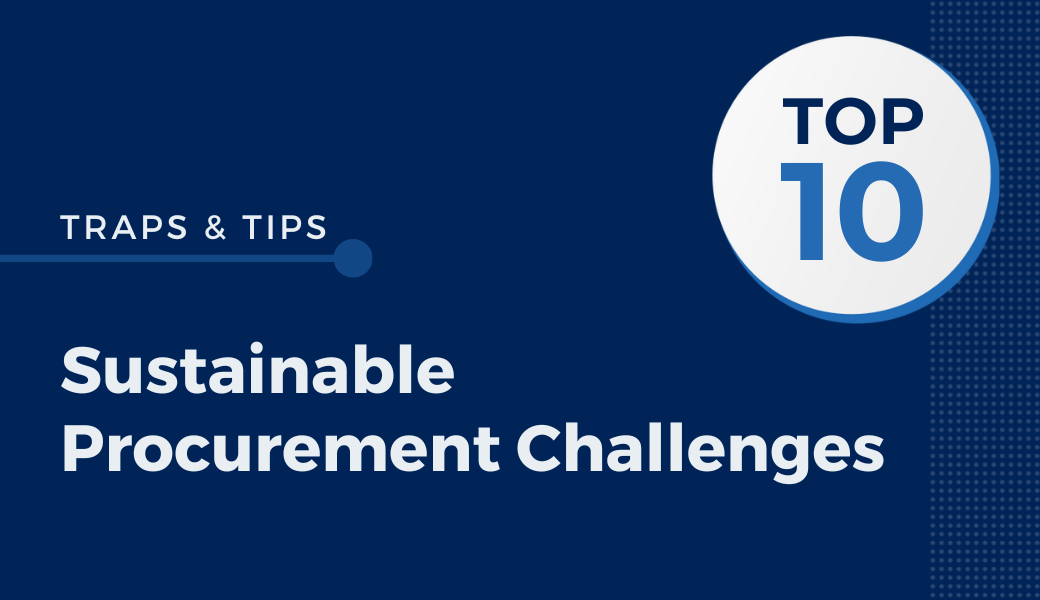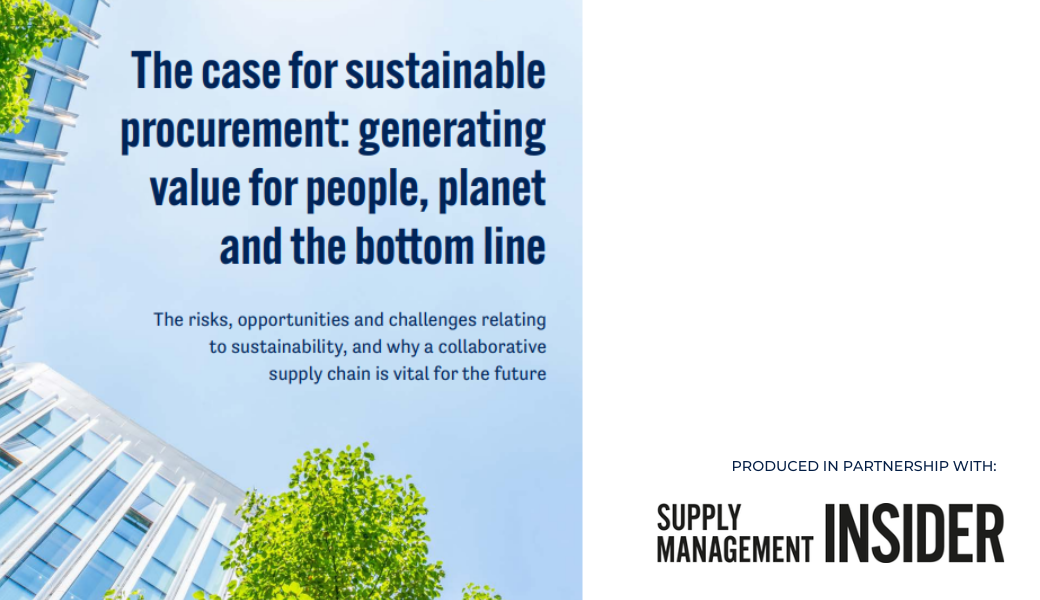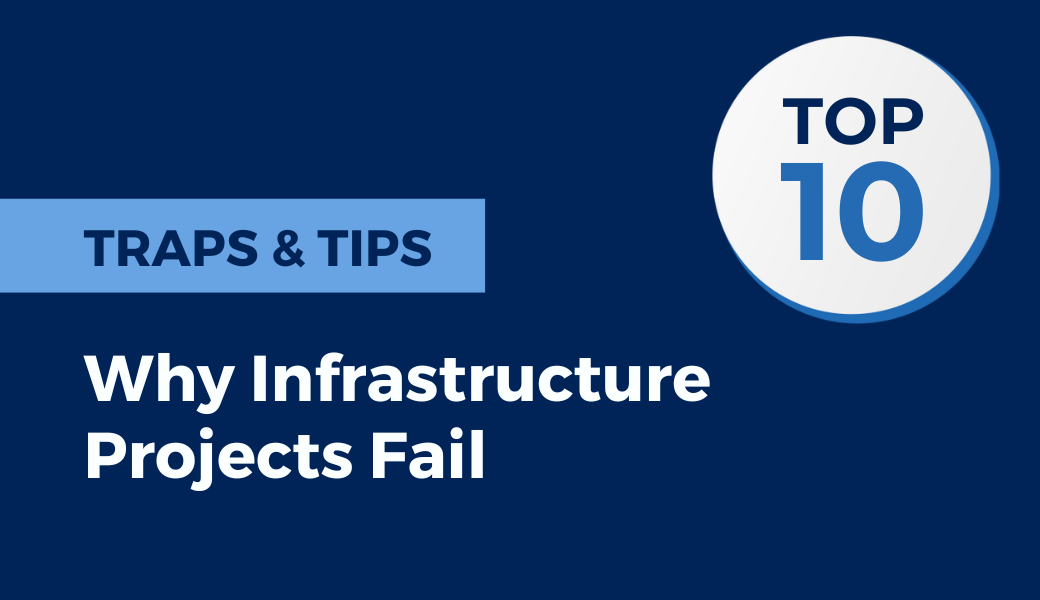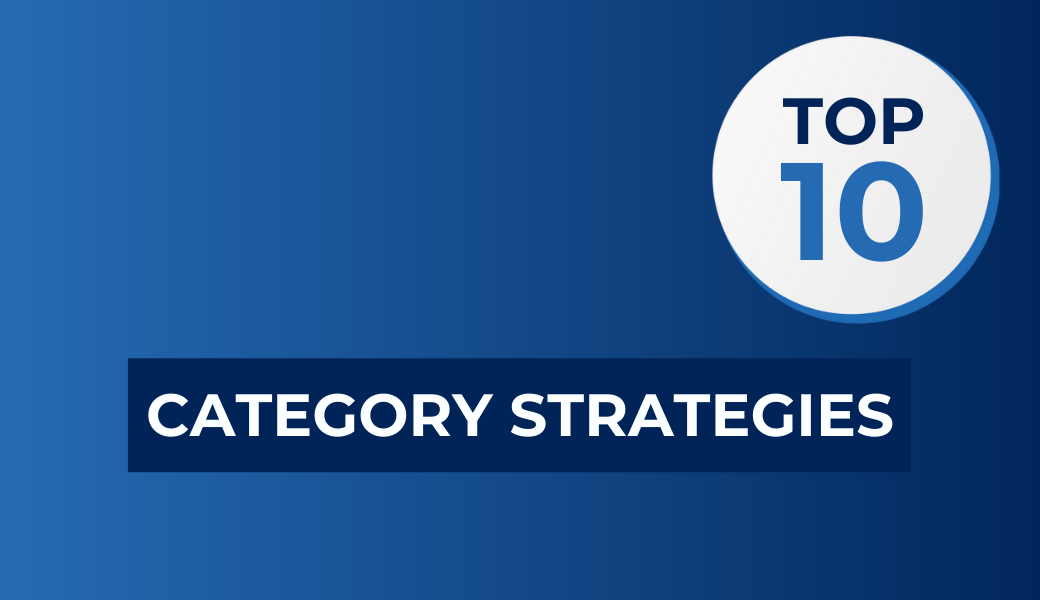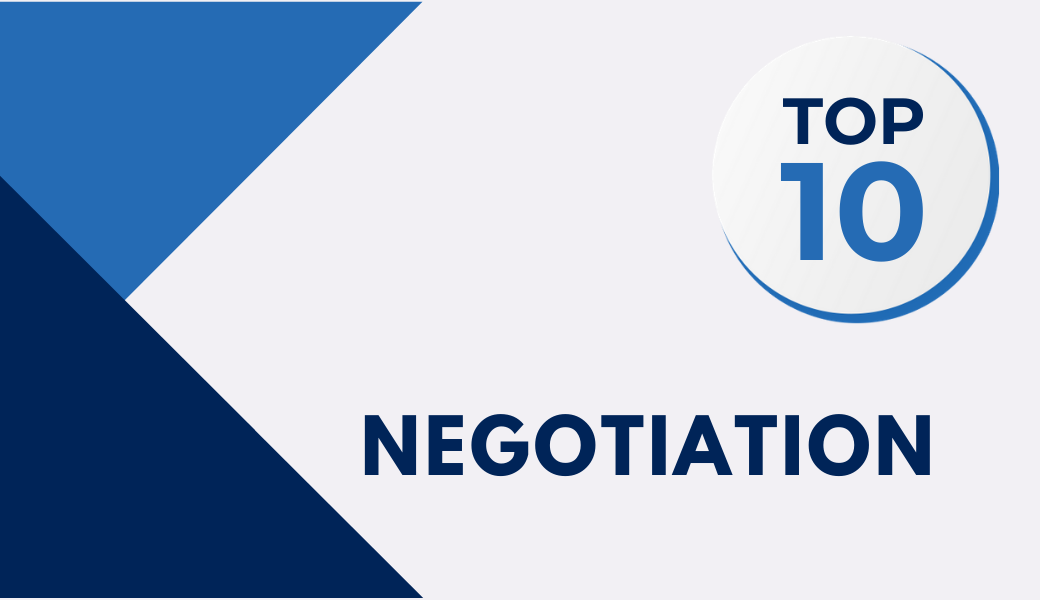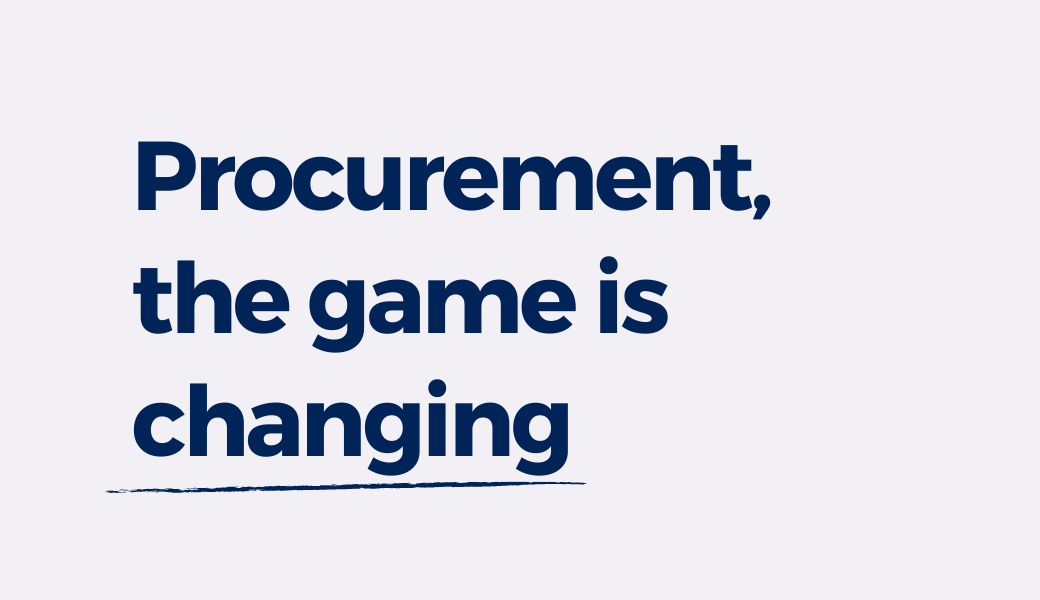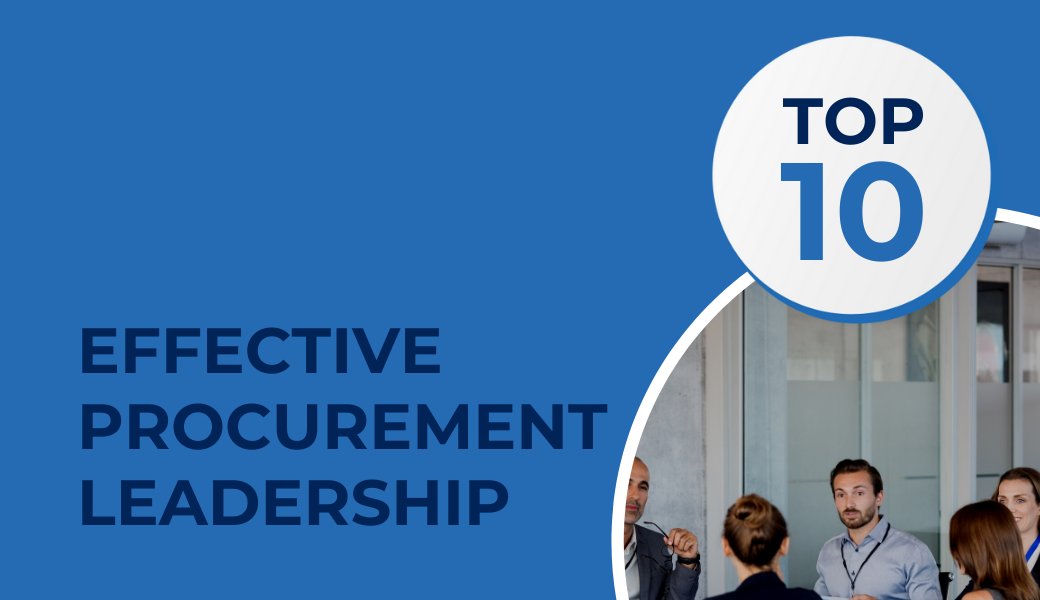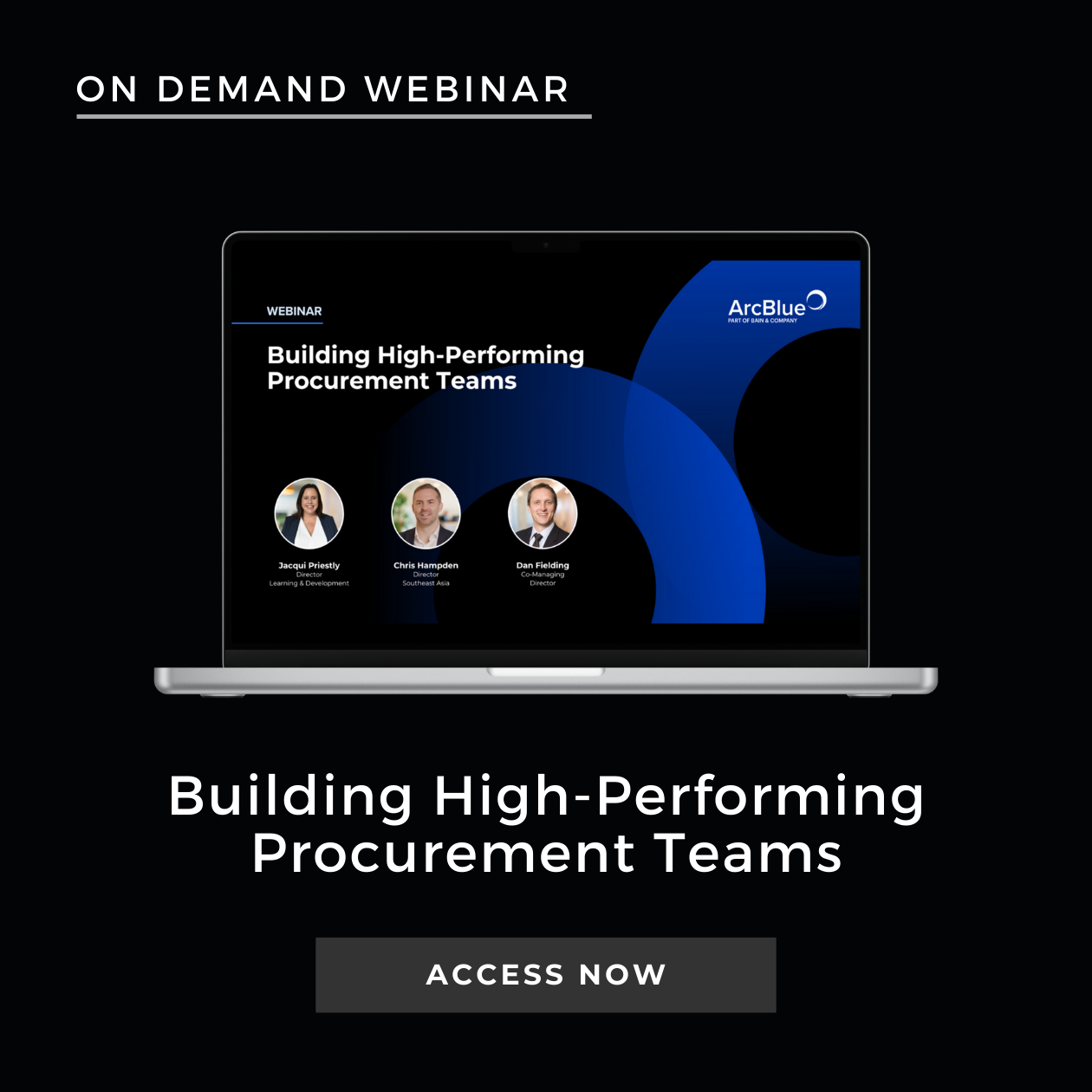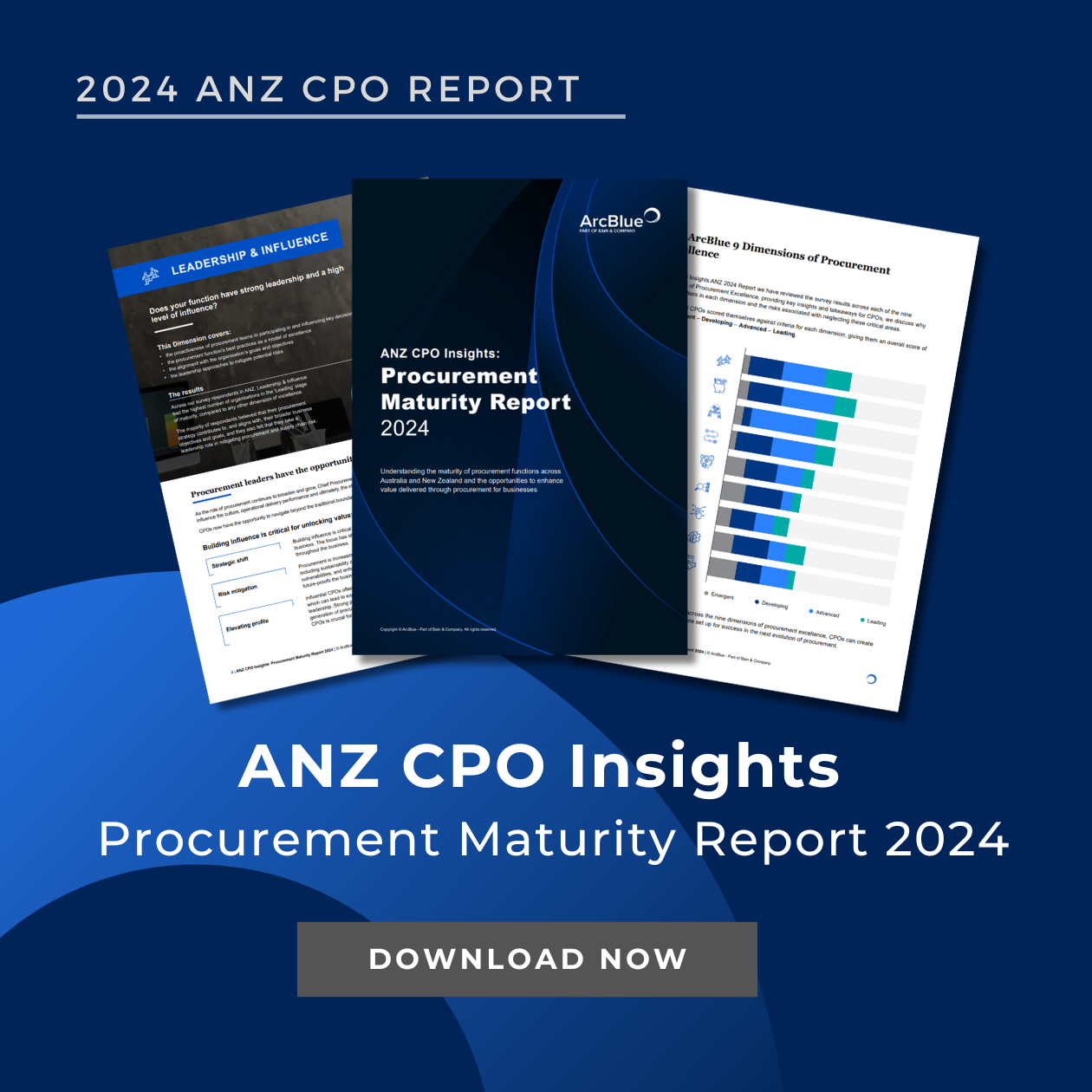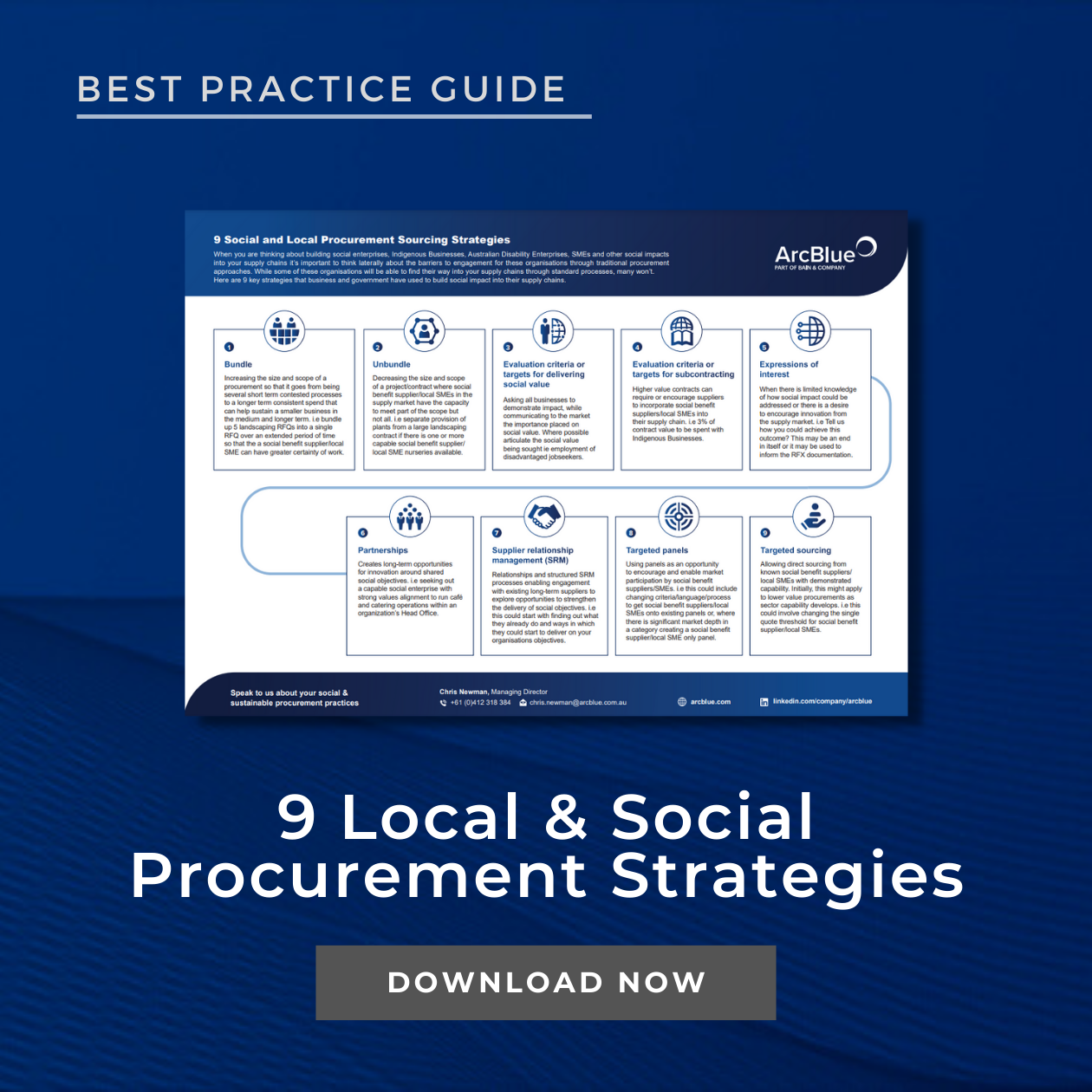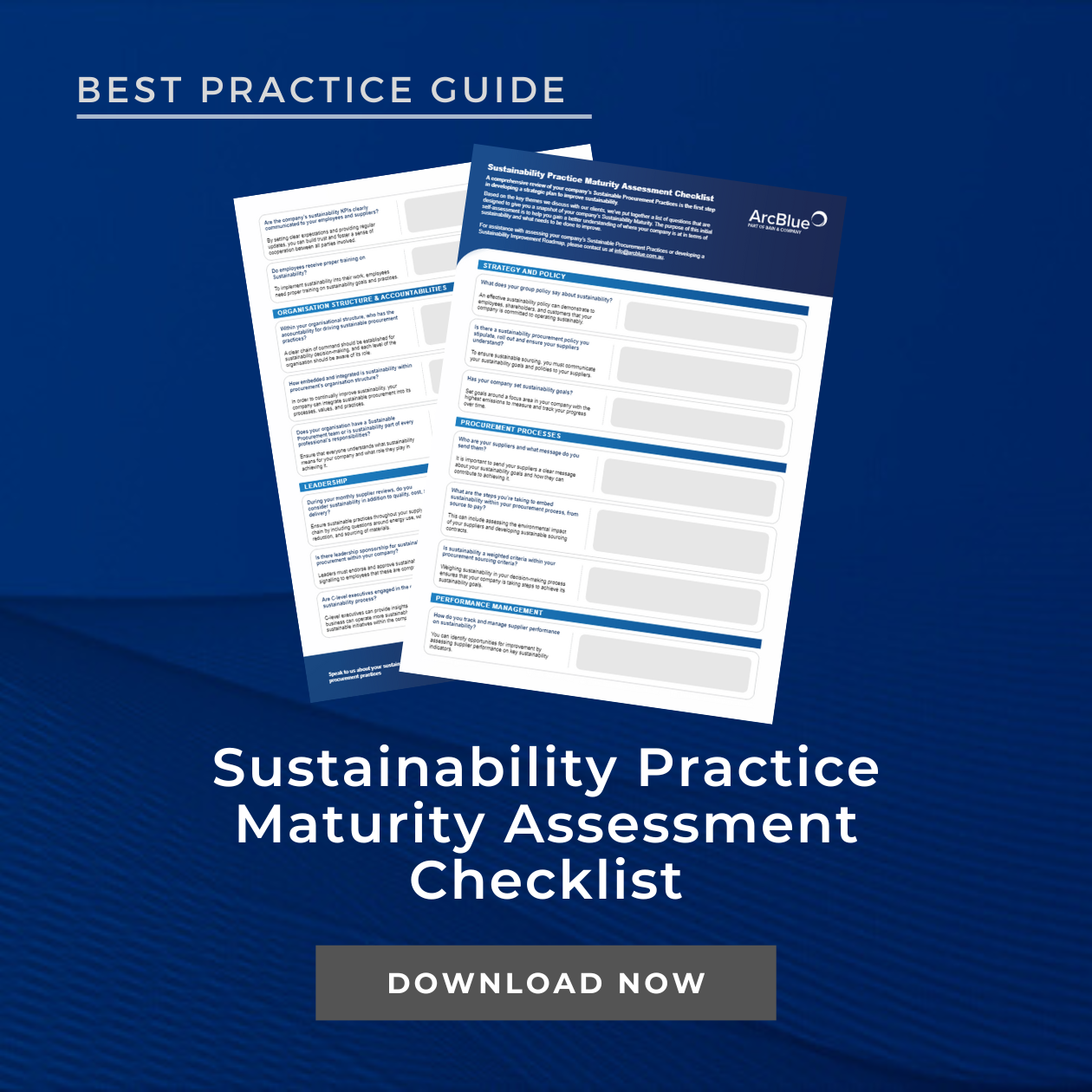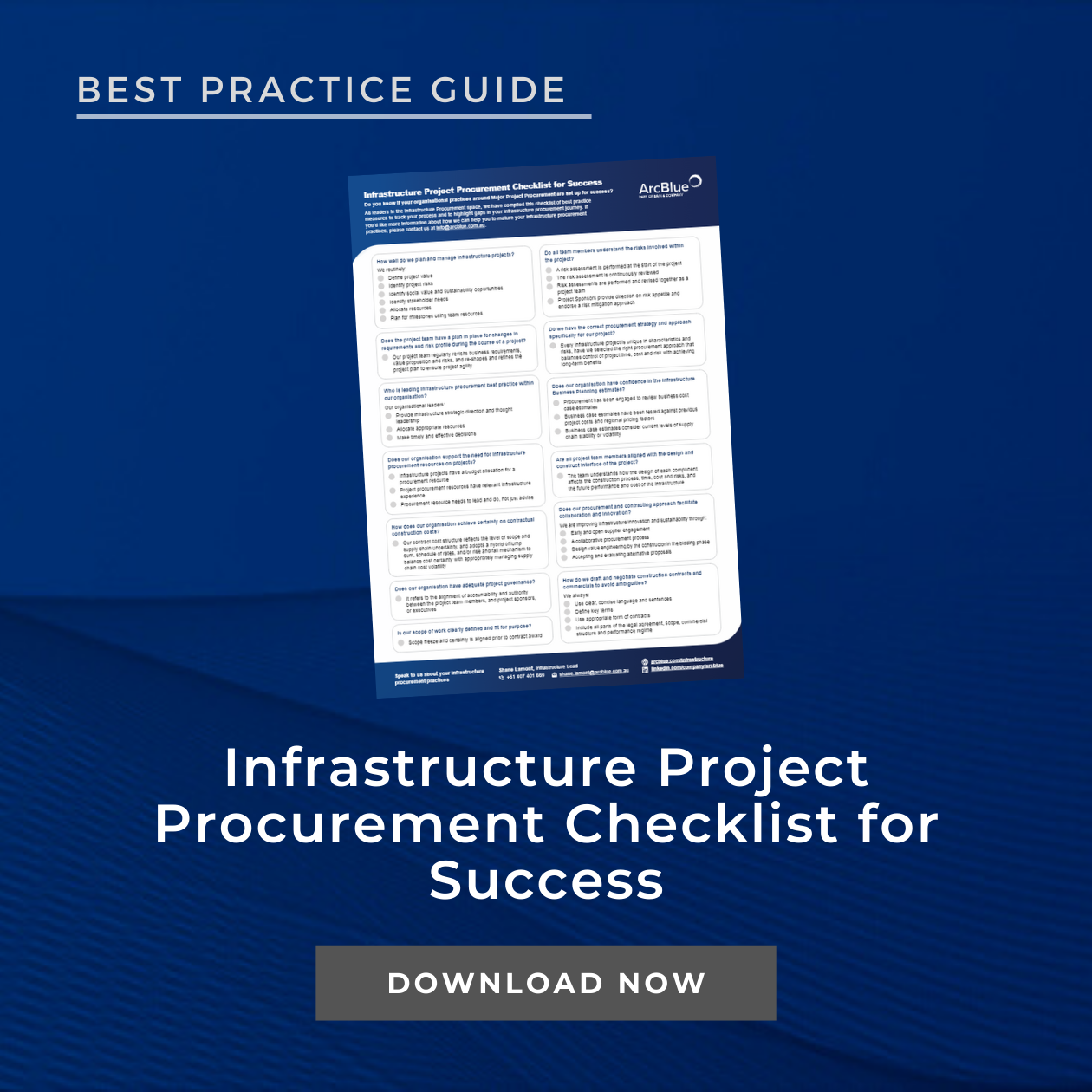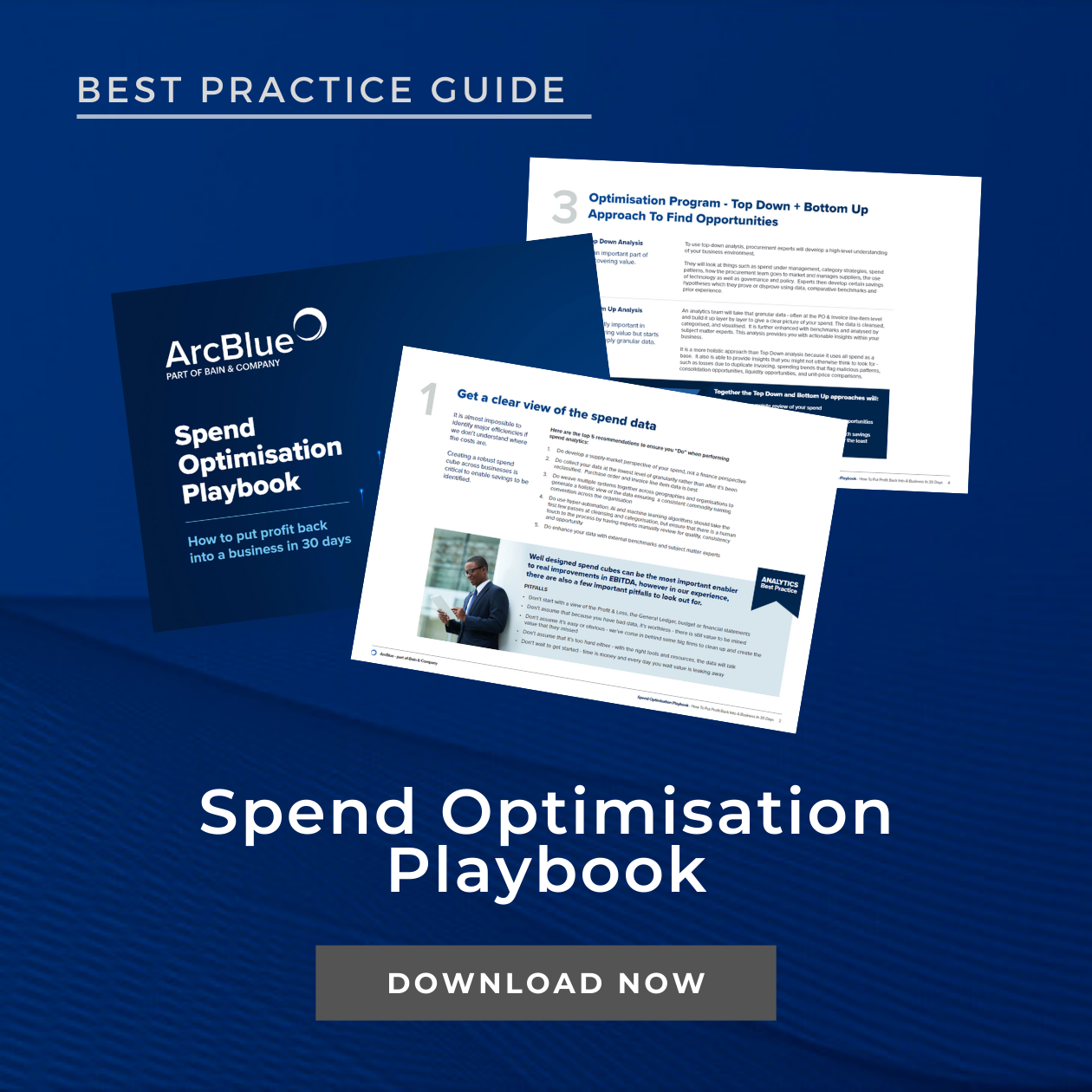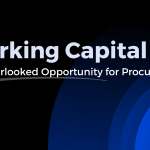- ARTICLE
The Difficult Mandate:
Achieving Bulletproof Resilience at Lowest Cost
June 2025
CPOs face a tough mandate: build resilient, future-ready supply chains—at the lowest cost. Here are our top four strategies for building resilient, future-ready procurement.
Authors
Related Services
Procurement leaders are facing an increasingly complex mandate: deliver “bulletproof resilience” at the lowest cost. It’s a tall order.
True resilience often involves building redundancy, diversifying sourcing networks, and maintaining strategic buffer stocks — all of which come with a price tag. In today’s volatile environment, where disruption is the norm and not the exception, the challenge isn’t just building resilience. It’s doing so without undermining profitability.
The role of the CPO has never been more strategic, or more scrutinised. To strike the right balance between resilience and cost, CPOs must make deliberate, data-informed trade-offs. This means defining acceptable levels of risk, quantifying the ROI of investments in resilient supply chains, and articulating how these decisions support both near-term savings and long-term value.
In practice, this means showing the Board of Directors that a higher upfront cost can prevent far greater losses down the line. In some cases, these investments can even unlock new market opportunities.
Four Critical Transformations for Lasting Resilience
At ArcBlue we believe that meeting this challenge requires a fundamental transformation of procurement, moving beyond tactical fixes to structural change. We’ve identified four critical shifts that organisations must undertake to build lasting, low-cost resilience across their procurement and supply chain operations. This is essential for navigating the complexities of tariff turbulence and securing a competitive future.
1. Procurement Spend Analysis
Before anything else, organisations need clarity on where and how money is spent. Without this visibility, attempts to understand resiliency risks (e.g where the impacts of tariffs) are most critical may be misdirected and less effective.
CPOs must invest in a deep-dive spend analysis across categories to reveal hidden cost drivers, uncovers savings opportunities, and highlights exposure to tariff impacts. With this visibility, CPOs can then implement effective change management to turn these opportunities into tangible savings for the company.
With this insight, procurement can pivot from a reactive function to a strategic, data-driven function that is focused on driving value.
2. Supply Chain Optimization
CEOs are demanding that today’s supply chains must be designed not just for efficiency but also for agility and resiliency, with the ability to adapt in real time to disruptions. This means moving from static, linear models to dynamic, responsive supply chain networks. It is not a simple ask. It requires continuous monitoring, predictive analytics, and automated response mechanisms.
As such, CPOs must explore and integrate technologies such as AI, the Internet of Things (IoT), blockchain, and predictive analytics to enable enhanced visibility. This then allows procurement teams to proactively adapt to disruptions, from geopolitical shifts to supplier failures and tariff shocks.
3. Target Operating Model Design
Many procurement functions struggle with fragmented processes, siloed team and misaligned objectives. To drive resilience at scale, CPOs therefore need to redesign their procurement operating model to foster cross-functional alignment.
It starts with an honest assessment of the current state, benchmarked to relevant industry best practices. From there, reimagine and implement a future state operating model that connects procurement with finance, operations, and sales. This will create a collaborative, supply chain focused organisation that works towards
shared KPIs. This may need to be enabled by restructured teams and optimised processes.
4. Capability Building
As procurement becomes more strategic, the expectations of a procurement professional’s role is increasingly evolving. Transactional purchasing roles are giving way to strategic procurement roles that demand commercial acumen, negotiation skills, and effective decision making.
However, a competitive labour market means there is a war for procurement talent. As such, CPOs must invest in talent development — establishing structured learning programs, cross-functional training, and recruiting talent with new skill sets, such as data science, risk management, or international trade law.
Conclusion: CPOs as Architects of Future-Proof Supply Chains
Delivering bulletproof resilience at the lowest cost is not just a procurement problem — it’s a strategic business challenge. CPOs are at the center of the solution. They need to demonstrate bold, unconstrained thinking, with an end-to-end vision that seamlessly connects supply chain strategy to overall business objectives.
Those who embrace these four critical transformations — procurement spend analysis, dynamic supply chain optimization, integrated operating model design, and continuous capability building — will not only survive in this challenging market but also emerge stronger, more agile, and better positioned for the future.
INSIGHTS
RESOURCES & DOWNLOADS







